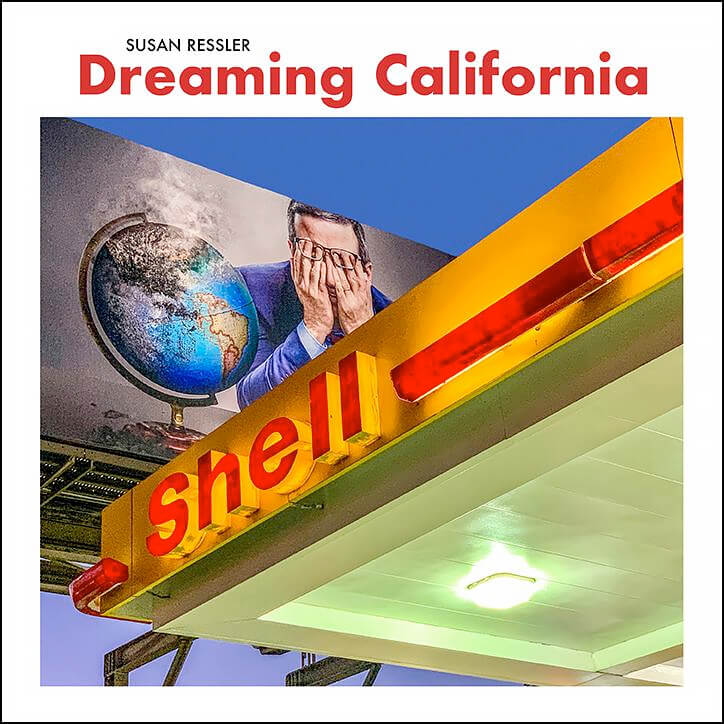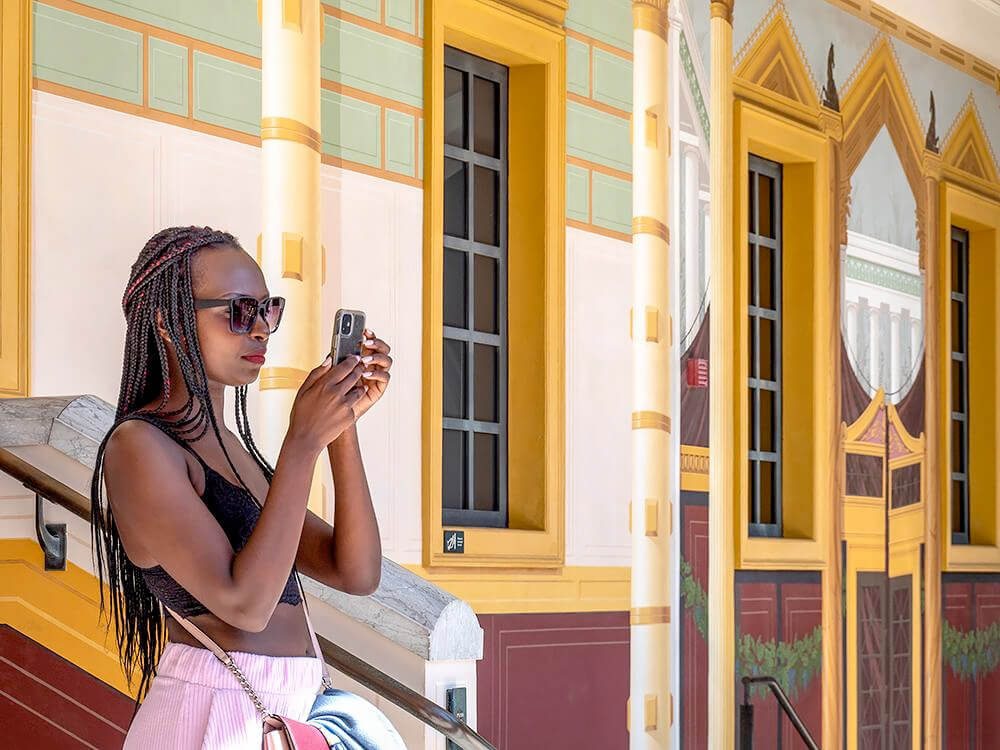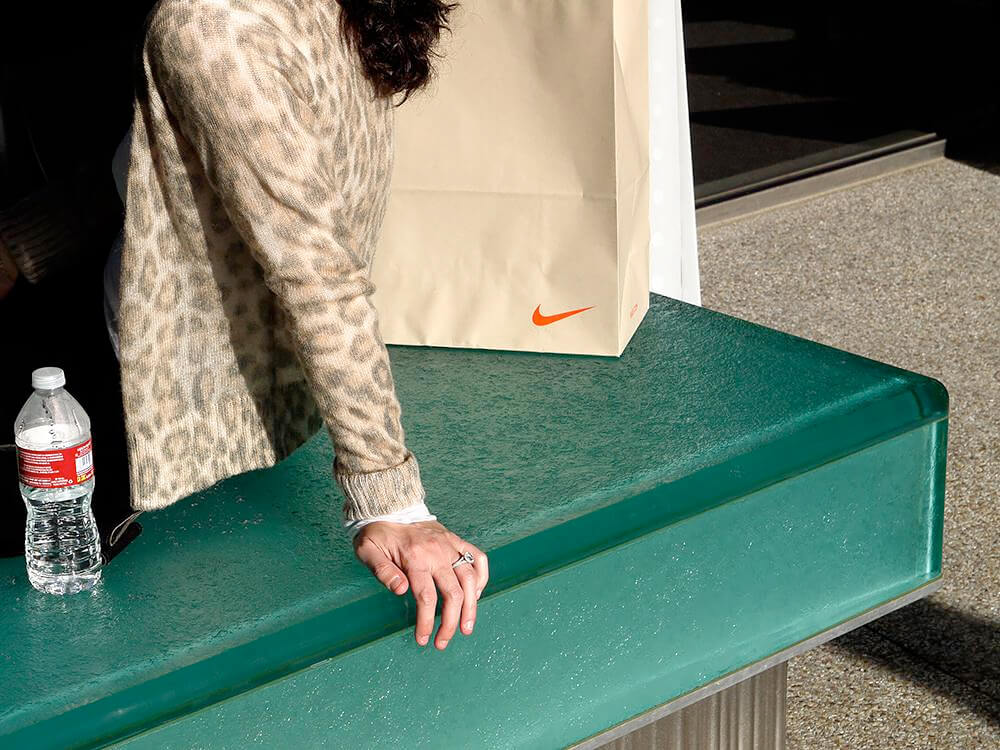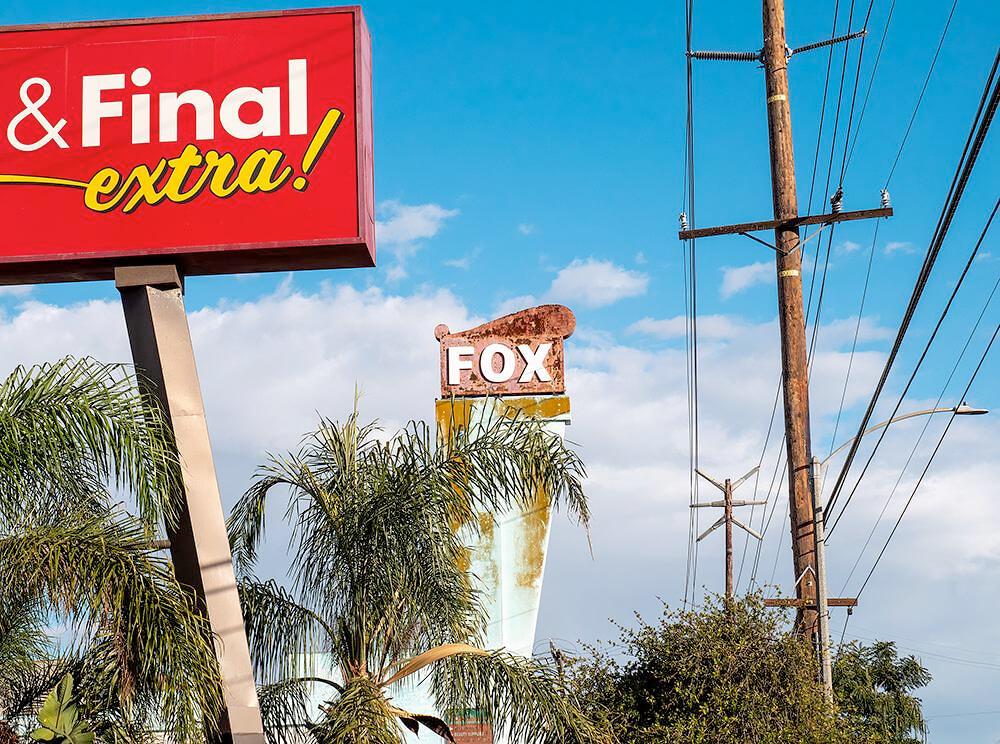''Ressler views Southern California, and especially Los Angeles, as a bellwether for the rest of the country, noting insightfully that what happens here often presages trends throughout the United States and beyond. California’s influence on America has been historically documented in accounts dating back to the mid-nineteenth-century gold rush.'' —Larry Lytle
Perhaps one of the most iconic and symbolic cities in America, Los Angeles, California is also one of the most extreme. It is a place where dreams and storytelling about the human experience are a big and glamorous industry. Sparks of possibility around hopes and dreams reaching stardom-level, coexist alongside risk and staggering disappointment. The city's sprawling infrastructure holds both jaw-dropping wealth and poverty, and even the landscape reflects a disparity in experience: the rolling waves, pristine beaches, and nightly sunsets into the ocean line one side of the city, and wildfires and mudslides are annual factors on the inland side.
Within these dichotomies, photographer Susan Ressler presents a sequel to her award-winning monograph, Executive Order: Images of 1970s Corporate America (Daylight, 2018), further examining power relationships: wealth disparity, political unrest, social inequity, and injustice through photographs of Los Angeles and Southern California.
The vibrant color photographs in Dreaming California span a 12-year period between 2010 and 2022. The book is divided into sections that consolidate and highlight particular visual and conceptual themes, and this format helps to reinforce some of the book's overall cultural messages as reflected through architecture, people, and social norms.
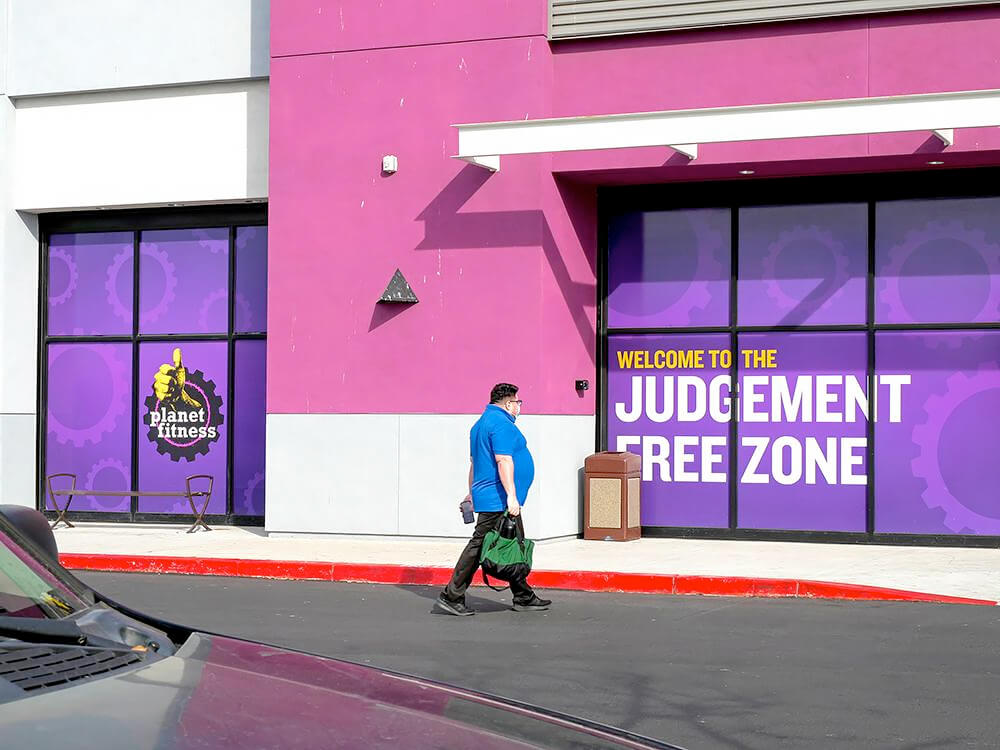
The first section in the book is Sets Scenes Signs Shops and the images collectively reflect the role of signage of various forms, advertising, and murals in reinforcing unrealistic messages of the human condition. Given the film industry component unique to Los Angeles, Ressler also notes the blurring of reality when these scenes become sets. She writes in a caption for one of the images Sometimes scenes morph into sets unintentionally. When signs collide with a particular place and time, the resemblance to film can be uncanny. This is Guy Debord’s 'society of the spectacle,' where the authentic is replaced with its representation. But at what human cost?
Real Estate is the section that follows, and includes images of malls, storefronts, and building facades. Hoods shows the people and architecture of specific districts, and High End Low End No End in Sight is the final section.
In the foreword for the book, artist Larry Lytle discusses the complexly layered ways Ressler's images relay content. He writes, Ressler’s imagery and concepts are like a mirror; they reflect our contemporary world, revealing the divide between the haves and the have-nots, unabashed consumerism, isolation in the age of easy communication, a constant advertising barrage, and the way in which public spaces have taken cues from movies and amusement parks to entice us to buy more and think less. Susan Ressler has revealed a strange new world, filled with dreams and aspirations.
The book also includes an essay by professor and author, Mark Rice, who comments on Ressler's skill at managing juxtapositions to reveal even deeper contextual meaning, and her unique and color-filled approach to exploring how a 'place' holds people and their big dreams and all that comes with them.
He writes, “… it is also the human cost of pursuing such a fever dream to the exclusion of more mundane realities, such as the simple pleasure of sipping a cup of coffee while walking along the sidewalk. In his book about the American Dream, [Jim] Cullen points out that the Dream, though at the very core of the American experience, can and does change over time as Americans recalibrate what matters most. Perhaps what Ressler shows us in Dreaming California is that we are nearing the endpoint of the “Dream of the Coast,” beyond which something new (dare we wish for something more humane?) might emerge.”
About the artist:
Susan Ressler is an author, educator and social documentary photographer. She has been making photographs for about 50 years, and her work is in the Smithsonian American Museum of Art, the Library Archives Canada, the Los Angeles County Museum of Art (LACMA) and many other important collections. She has been widely exhibited, both nationally and internationally, with solo shows at venues that include Nexus Contemporary Art Center (Atlanta), Center for Creative Studies (Detroit), Sheldon Memorial Art Gallery (Lincoln, NE) and BC Space, (Laguna Beach, CA) among others. Ressler edited the book Women Artists of the American West (McFarland, 2003), a scholarly anthology on under-represented women artists west of the Mississippi and was Head of the Photography Area at Purdue University, where she taught photographic practice, criticism and history from 1981-2004. Ressler received an MFA from the University of New Mexico fine art photography program in 1986. She is Professor Emerita, Department of Visual and Performing Arts, Purdue University, and she currently resides in Taos, New Mexico.
About the contributors:
Larry Lytle is a noted author, artist, curator, and educator who hails from Los Angeles, California. He has been a contributing writer for Black & White magazine for more than ten years. Lytle is known for his scholarship and writing on the life and work of American photographer William Mortensen, for whom he contributed to the Center for Creative Photography’s 1999 acclaimed book William Mortensen: A Revival. Lytle curated an exhibition of Mortensen’s work at the Laguna Art Museum in the fall of 2022. Lytle has taught photography at the Otis Evening College of Art and Design, Los Angeles, and at California State University Channel Islands, Camarillo, where he developed the photography curriculum and has been teaching from 2003 to the present.
Mark Rice is an award-winning author and professor of American Studies at St. John Fisher University near Rochester, New York. He has published two books and contributed essays on photography and visual culture to numerous scholarly journals. Rice’s first book, Through the Lens of the City: NEA Photography Surveys of the 1970s (University Press of Mississippi, 2005), examined an important endeavor to document American cities during the bicentennial era. These National Endowment for the Arts surveys included the Los Angeles Documentary Project, possibly the most significant record of the Los Angeles area from the late 1970s - 1981. Rice’s second book, Dean Worcester’s Fantasy Islands: Photography, Film, and the Colonial Philippines(University of Michigan Press, 2014, and Ateneo de Manila University Press, 2015) won the Gintong Aklat (Golden Book) Award for the social sciences, one of the most prestigious publishing prizes in the Philippines. Rice contributed the afterword to Susan Ressler's first monograph, Executive Order.
About the Publisher:
Daylight is a non-profit organization dedicated to publishing art and photography books. By exploring the documentary mode along with the more conceptual concerns of fine art, Daylight's uniquely collectible publications work to revitalize the relationship between art, photography, and the world-at-large.
